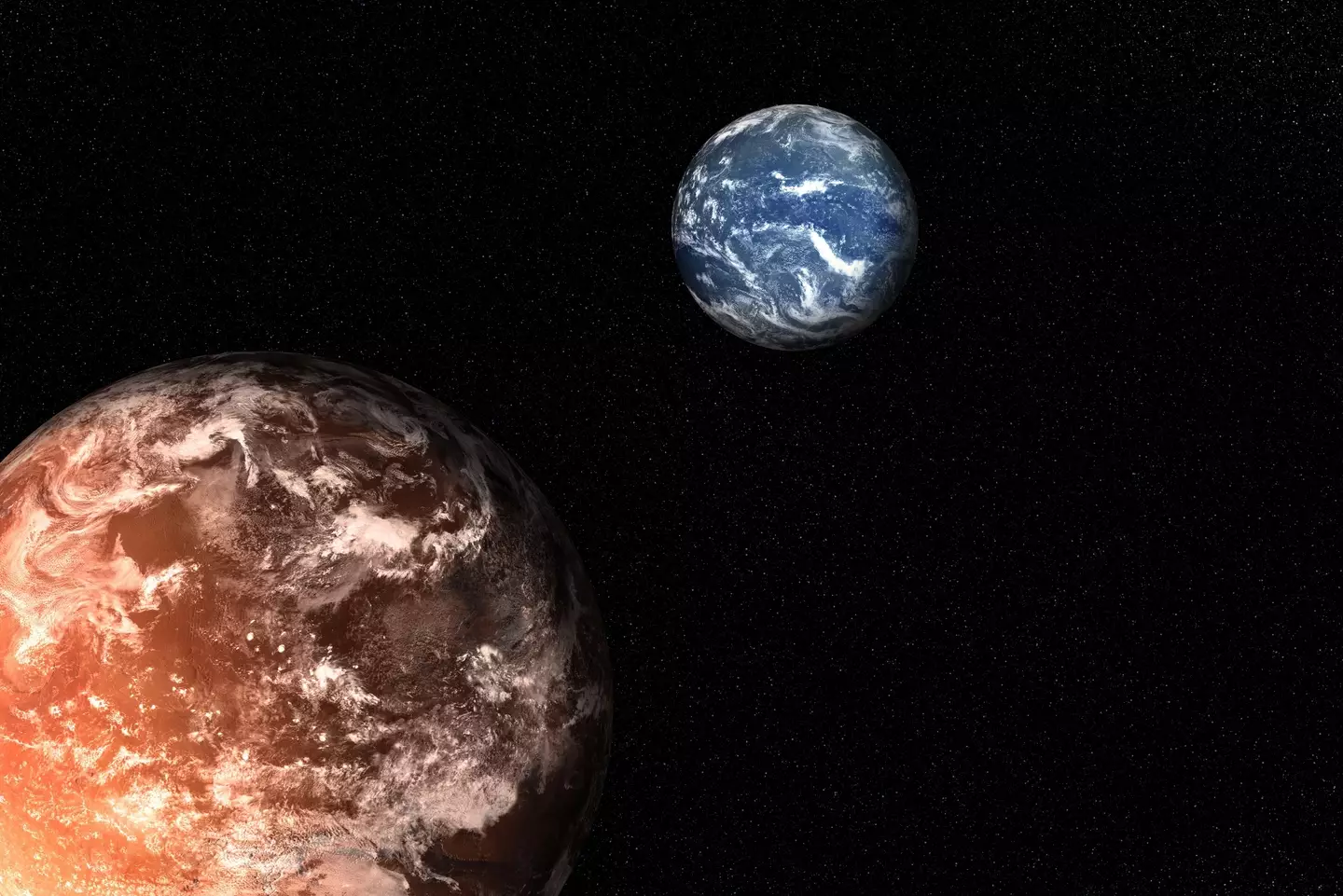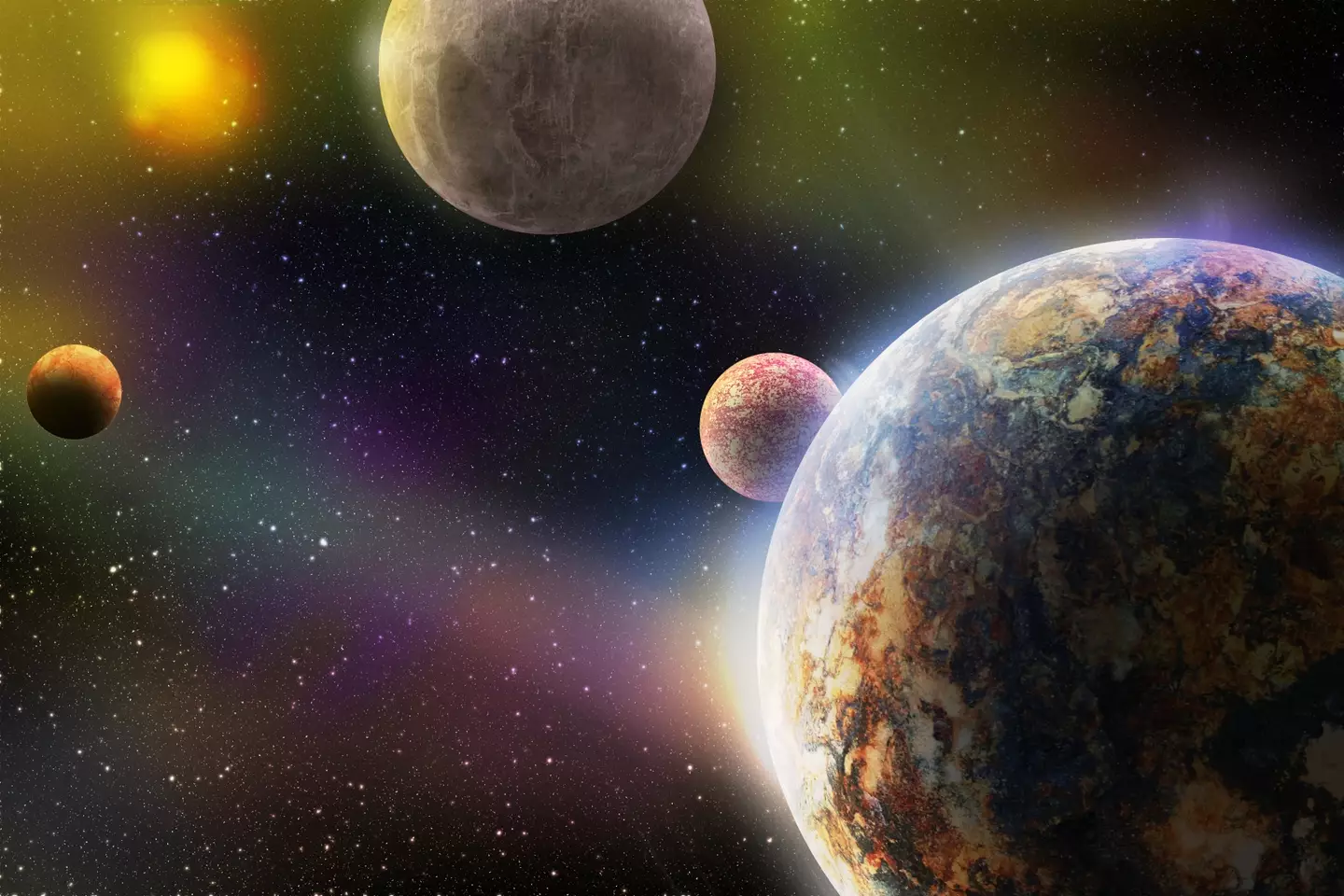
Get ready for a planetary performance this month, as five planets in the solar system will all be visible from earth at the same time in March.
And yes, that includes Uranus - figured we'd get that one out of the way.
It looks like 2023 is set to be relatively busy in terms of cosmic events, as we've got several planetary alignments coming up over the next few months.
Advert
As explained by educational astronomy app Star Walk, there are two common definitions of a planetary alignment.
The first is an astronomical event whereby planets gather closely on one side of the Sun at the same time, as seen from above the solar system.
And the second is visual phenomenon, which involves the perspective from earth as the planets appear close together in a small area of the sky.
Advert
Stargazers are in for a treat on the evening of 28 March, as Jupiter, Mercury, Venus, Uranus and Mars are all set to gather in a small 50-degree sector.
Star Walk advises to start observations soon after sunset using binoculars to see Jupiter on a magnitude of -2.1 and Mercury on a magnitude of -1.3 from the horizon, which will look like 'two bright objects' in the constellation of Pisces.
Higher up in the sky in the Aries constellation, you'll see Venus with a magnitude of -4.0.

Advert
The app warns that Uranus will be a little harder to see, with a magnitude of 5.8, but will be visible if you're in a good spot and have some strong binoculars.
The same goes for Mars, which joins the alignment higher up near the Moon in the constellation of Gemini.
Although the best day to see our neighbouring planets is 28 March, you will be able to capture them using a telescope for a few days after too.
Rick Fienberg, senior contributing editor for Sky & Telescope and senior advisor to the American Astronomical Society, spoke with Fox 35 about the upcoming celestial display.
Advert
He explained that seeing all five planets at the same time could be tricky depending on where you're gazing from.
"Unless you have a clear sky and a nearly flat western horizon free of obstructions such as trees or buildings, you won’t see Jupiter and Mercury," he said.
This is because the two will only be visible from very low in the west just after sunset.

Advert
But if your situation does meet the criteria, you could potentially see all five planets using just binoculars.
Venus will be the brightest, noted Fienberg, while Uranus will be a the hardest to spot without solid equipment.
Mars, on the other hand, will be visible from high in the southwest sky and will have an orange hue.
"On the 27th the not-quite-quarter moon is below and to the right of Mars," he said. "On the 28th the first quarter moon is above and to the left of Mars."
Advert
So there you go stargazers - put those dates in the diary and get your binoculars ready.
Topics: Space, Science, News, World News